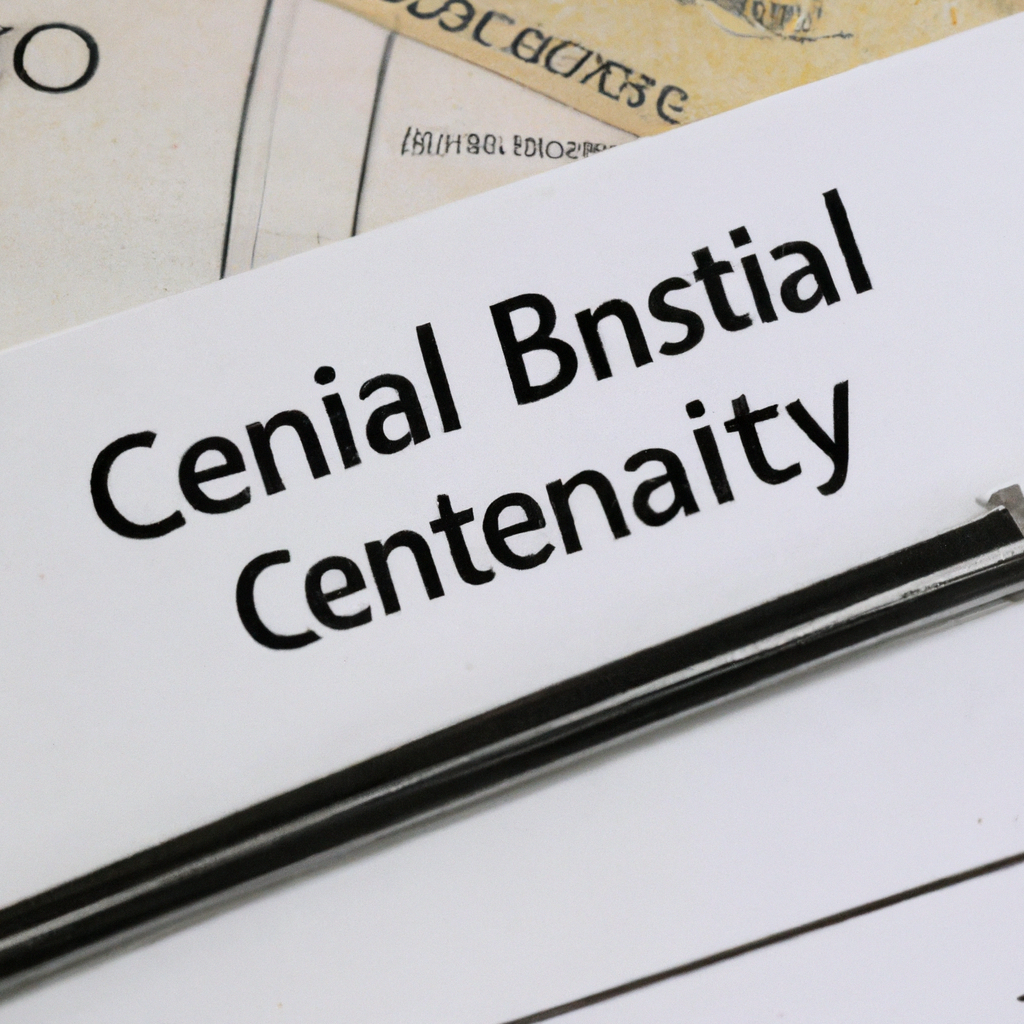**Understanding Expansionary Monetary Policy: Fueling Economic Growth**
In the intricate world of economics, the term "monetary policy" often surfaces as a critical mechanism through which central banks influence a nation's economy. At its core, monetary policy involves the regulation of money supply and interest rates by a central authority, typically a country's central bank, to achieve macroeconomic objectives such as controlling inflation, managing employment levels, and fostering economic growth. Among the various strategies employed, expansionary monetary policy stands out as a vital tool aimed at stimulating economic activity during periods of sluggish growth or recession.
This article delves into the essence of expansionary monetary policy, exploring the various instruments and techniques that central banks deploy to encourage increased spending and investment. By lowering interest rates, purchasing government securities, and implementing other measures to increase the money supply, central banks can create a more favorable economic environment for consumers and businesses alike. Through a detailed examination of these practices, we will uncover how expansionary monetary policy works, its intended effects on the economy, and the potential risks and challenges associated with its implementation.
Join us as we navigate the complexities of expansionary monetary policy, providing a comprehensive understanding of how this powerful economic lever can be used to catalyze growth and mitigate the adverse effects of economic downturns.
Certainly! Below is a suggested content outline for an article on the topic "Which Monetary Policy is Expansionary":
An expansionary monetary policy is a macroeconomic policy tool used by central banks to stimulate economic growth and increase aggregate demand. This policy is typically implemented during periods of economic downturn or recession to combat unemployment and avoid deflation. The primary mechanisms through which an expansionary monetary policy operates include reducing interest rates, engaging in open market operations, and lowering reserve requirements for banks.
One of the most common methods of expansionary monetary policy is the reduction of interest rates. By lowering the benchmark interest rate, a central bank makes borrowing cheaper for businesses and consumers. This encourages investment in capital projects and consumer spending, which can help to boost economic activity. Lower interest rates also reduce the cost of existing debt, leaving households and businesses with more disposable income.
Open market operations are another tool used in expansionary monetary policy. Central banks purchase government securities or other financial assets from the market, increasing the money supply. This influx of liquidity helps to lower interest rates and make more funds available for lending. The increased money supply can also lead to a depreciation of the national currency, making exports more competitive and supporting economic growth.
Lowering reserve requirements is another strategy that central banks use to implement expansionary monetary policy. By reducing the amount of funds that commercial banks are required to hold in reserve, central banks enable these institutions to lend more money. This increase in lending capacity can stimulate business investment and consumer spending, fostering economic expansion.
Additionally, unconventional methods such as quantitative easing (QE) can be employed, particularly when traditional tools have been exhausted. QE involves large-scale purchases of financial assets, beyond just government securities, to further increase the money supply and lower long-term interest rates.
While expansionary monetary policy can be effective in stimulating economic growth, it is not without risks. Excessive use of such policy can lead to inflationary pressures if the increased money supply outpaces economic growth. It is also possible for low interest rates to contribute to asset bubbles, as investors seek higher returns in riskier investments.
In conclusion, expansionary monetary policy encompasses a variety of tools aimed at increasing the money supply, lowering interest rates, and boosting economic activity. Central banks must carefully balance the benefits of stimulating growth with the potential risks of inflation and financial instability.













